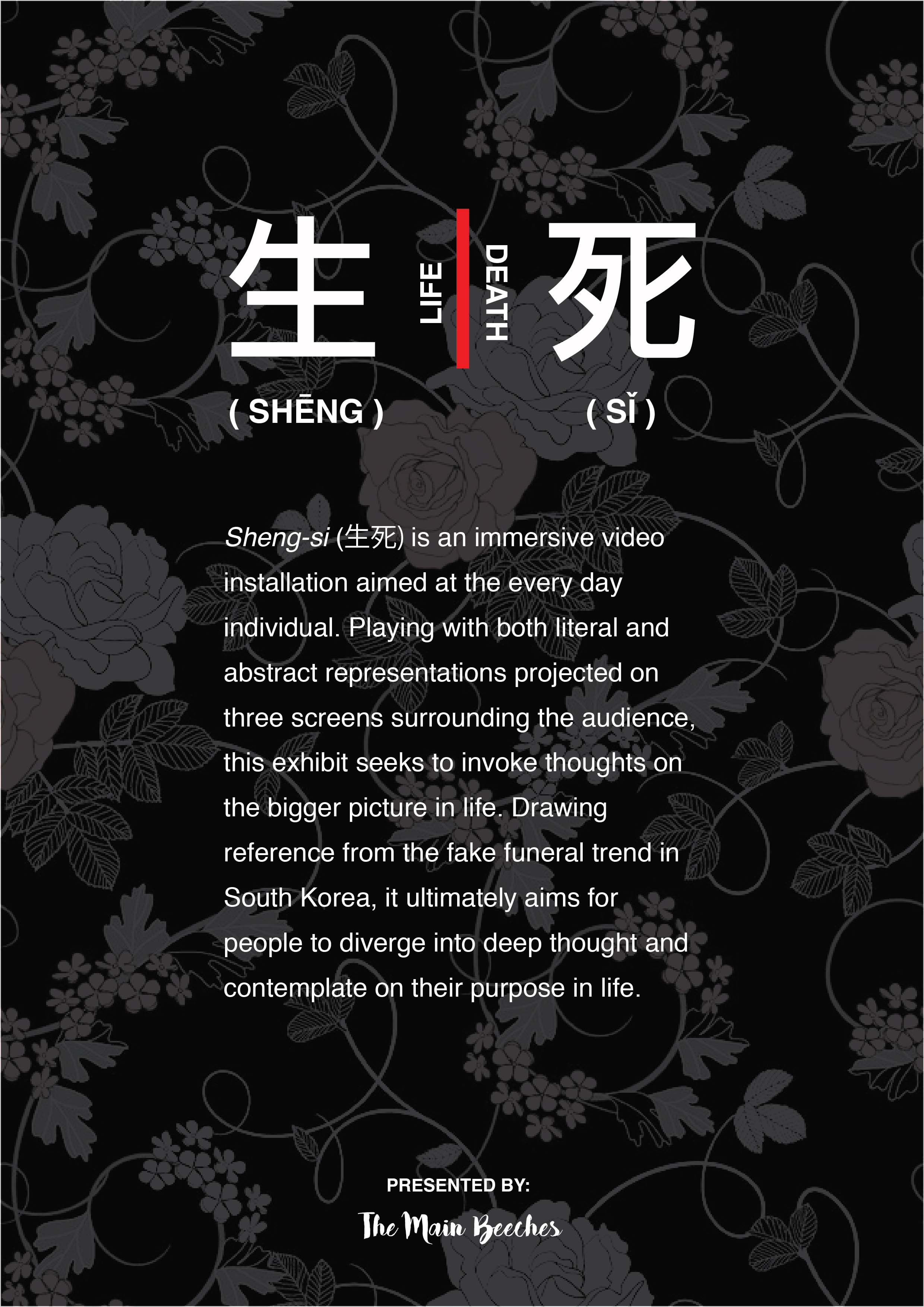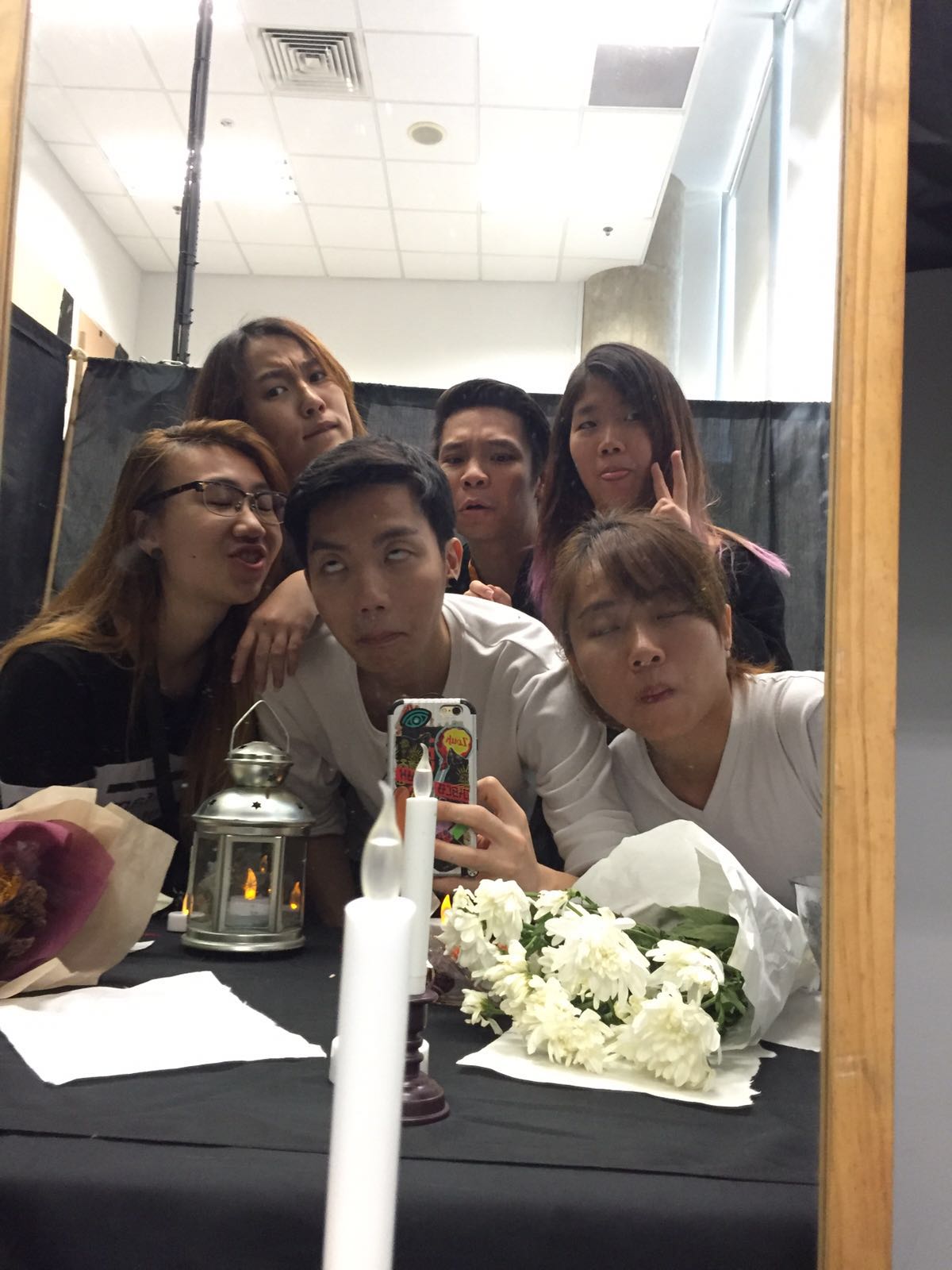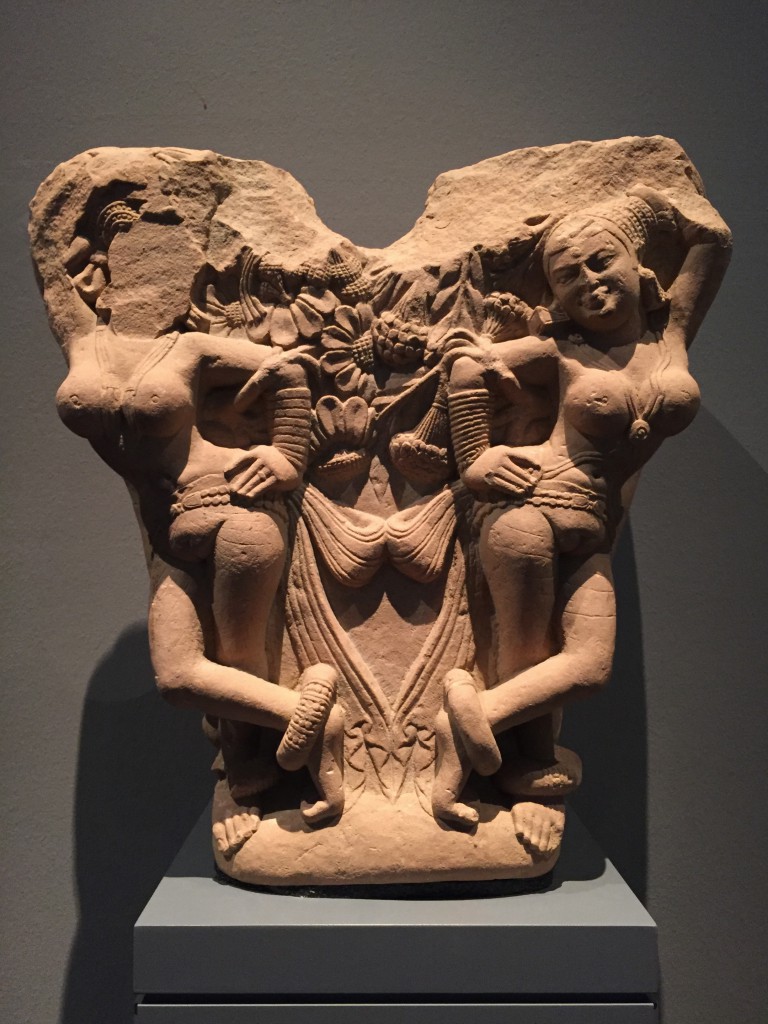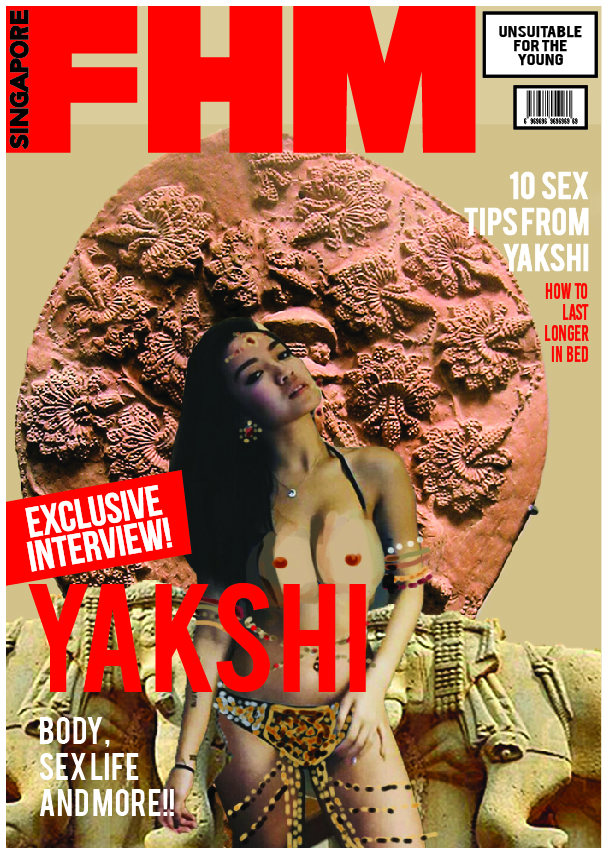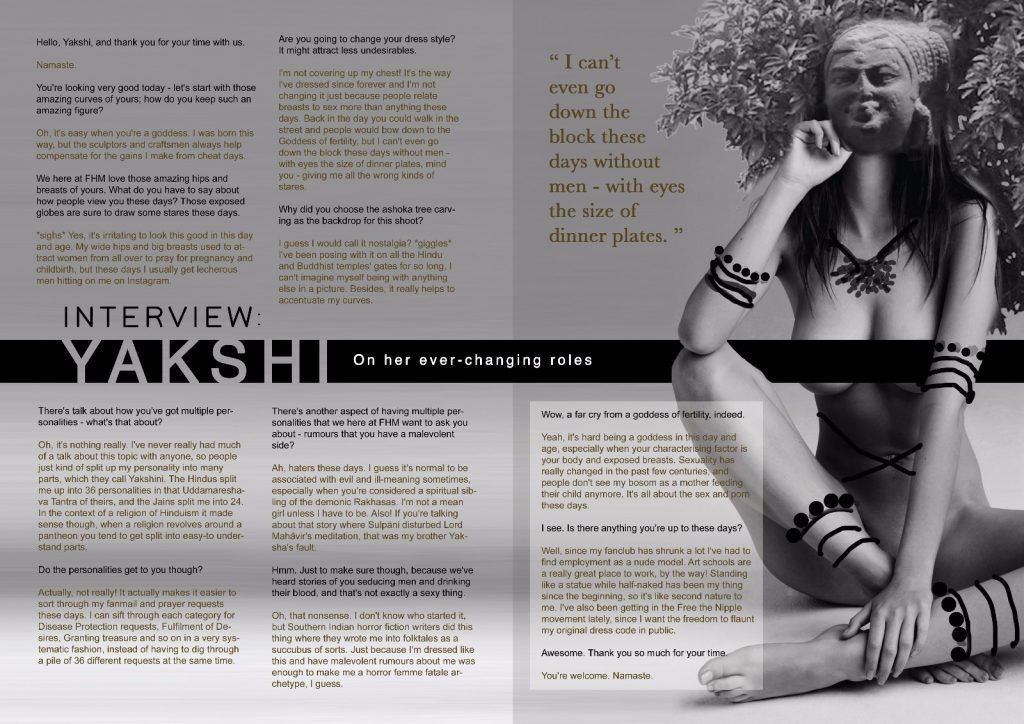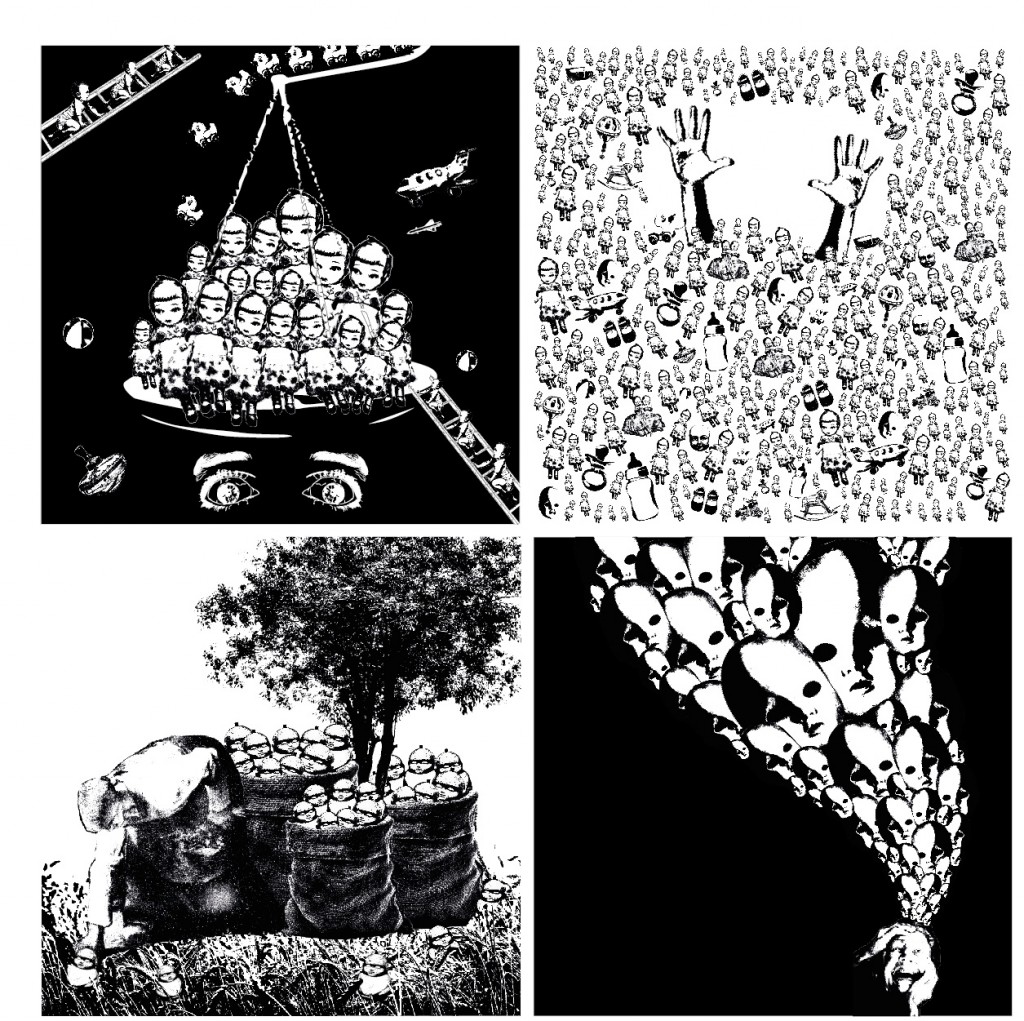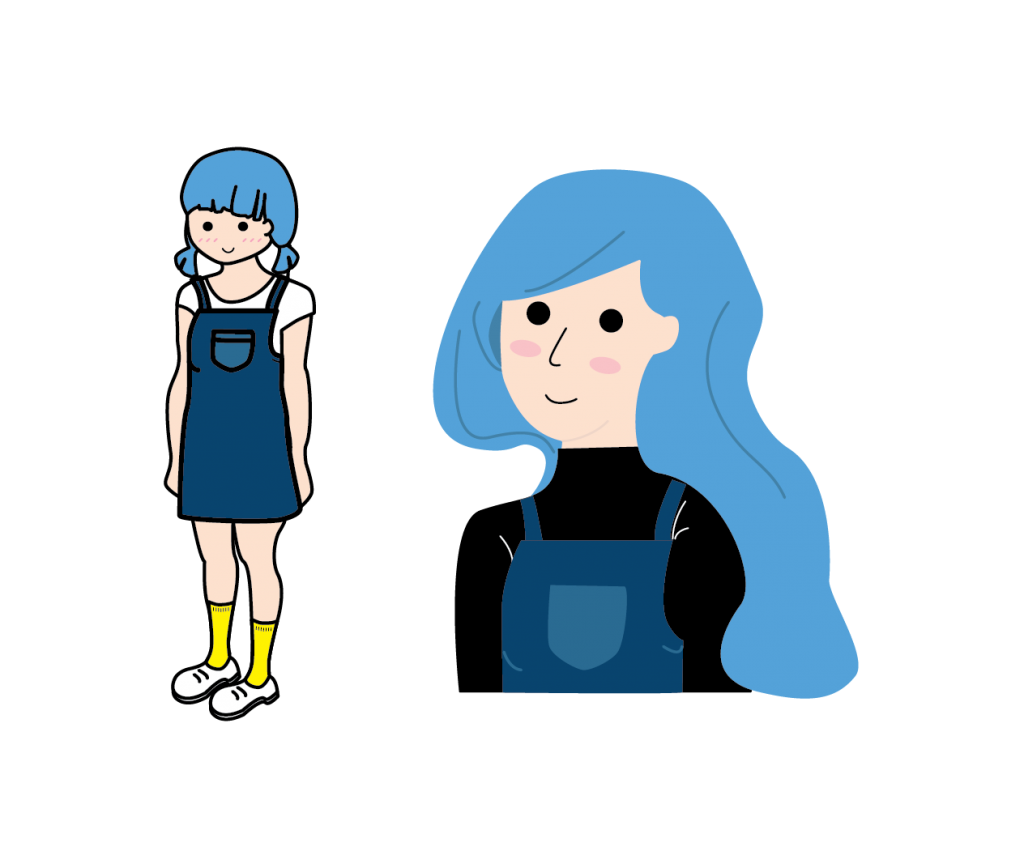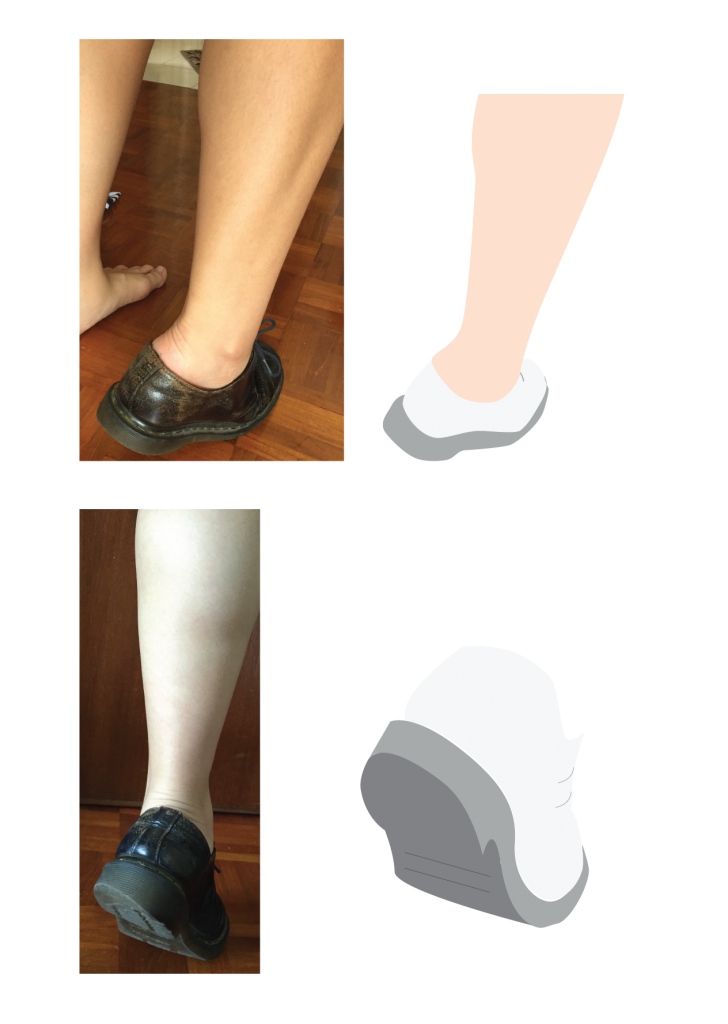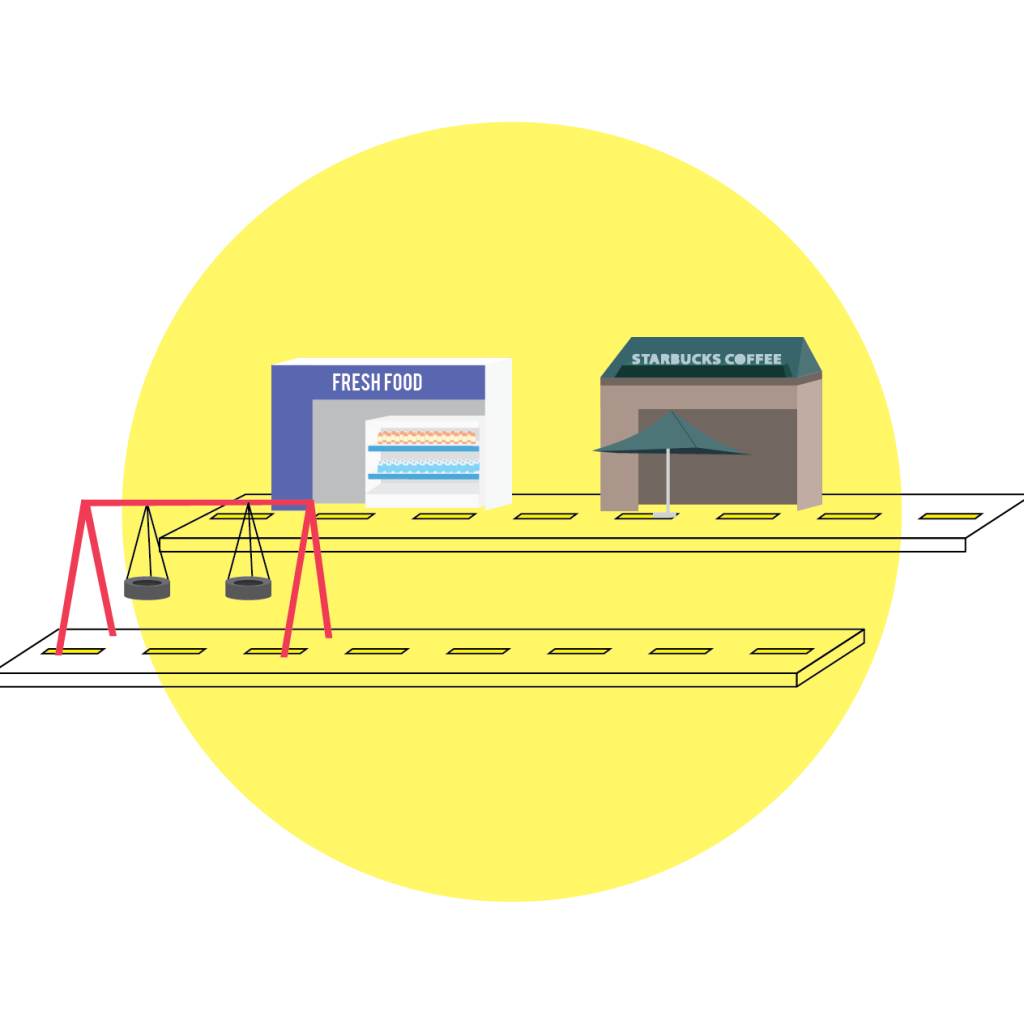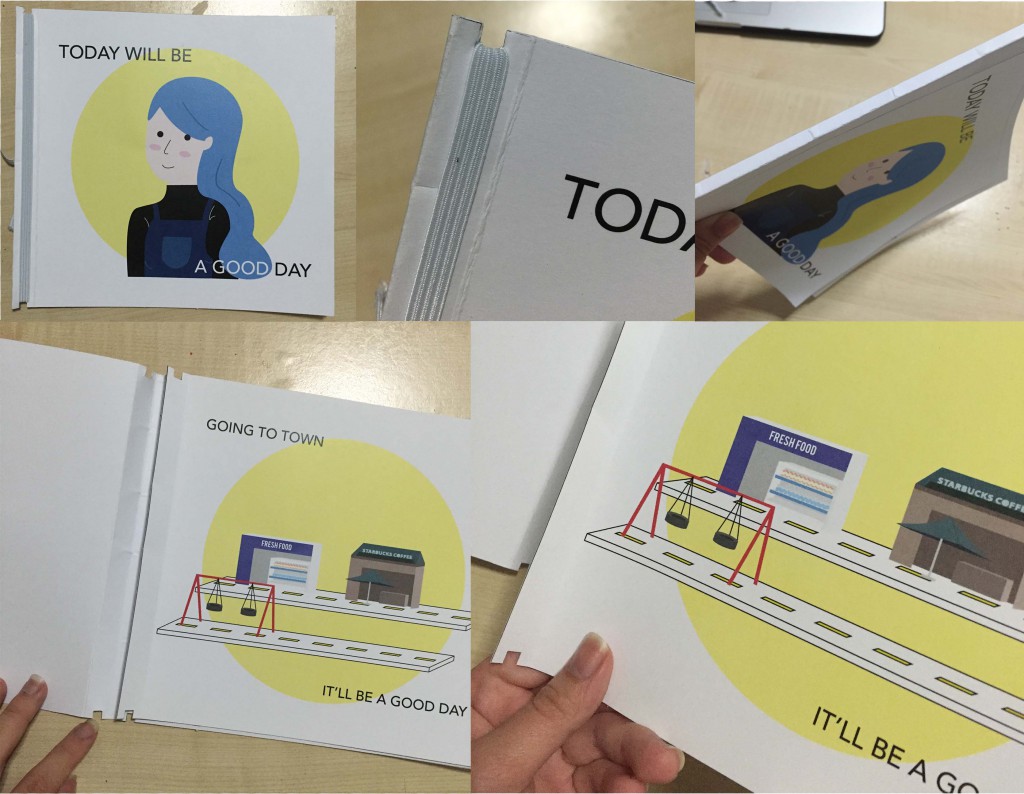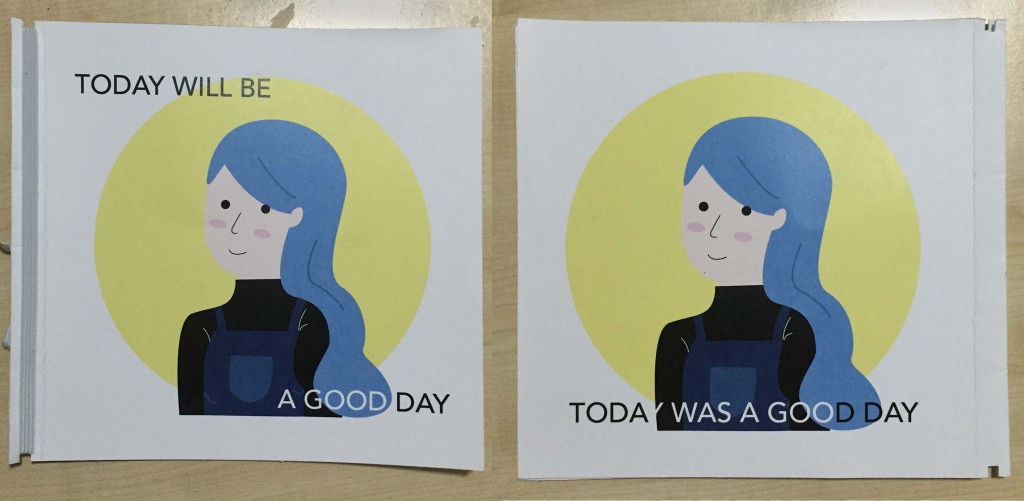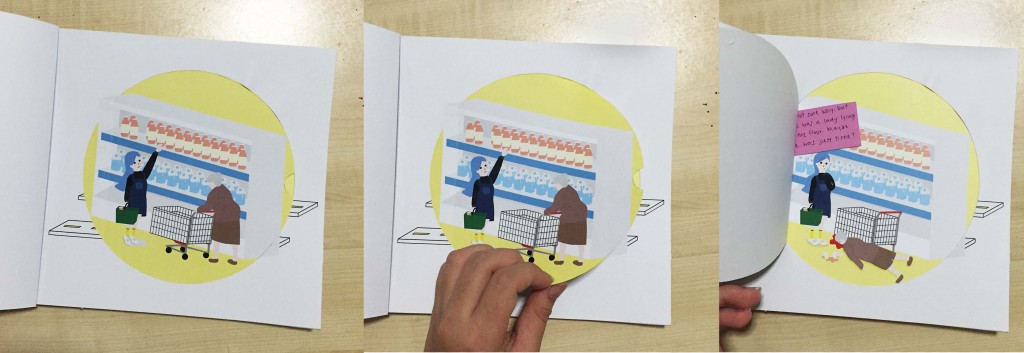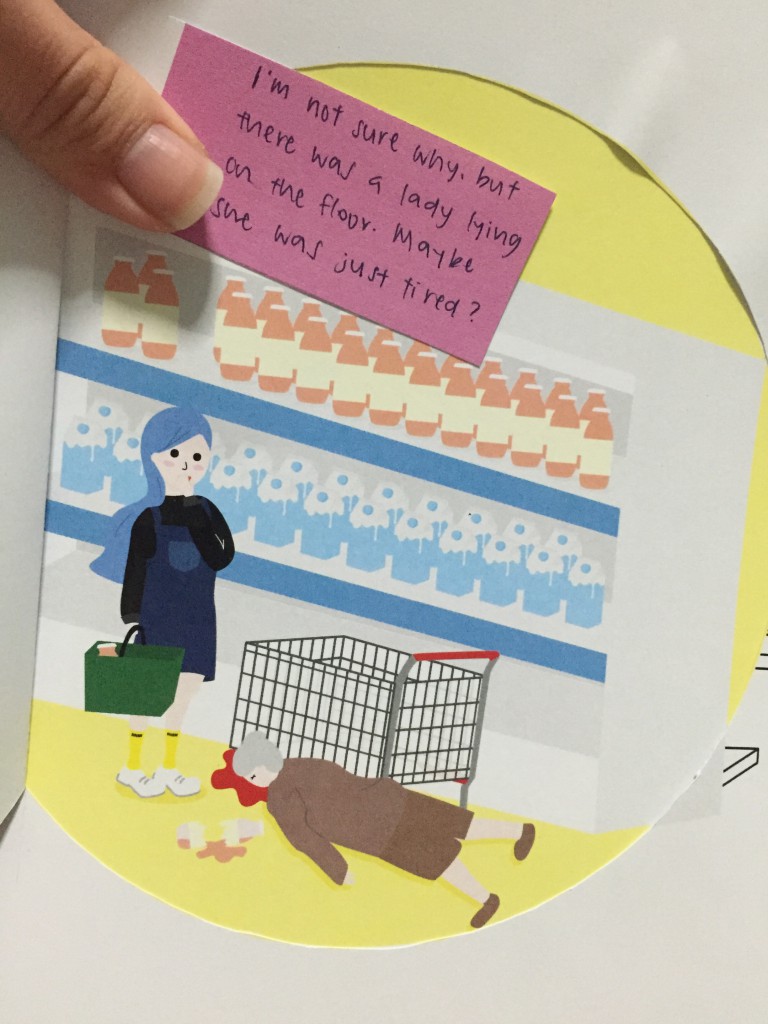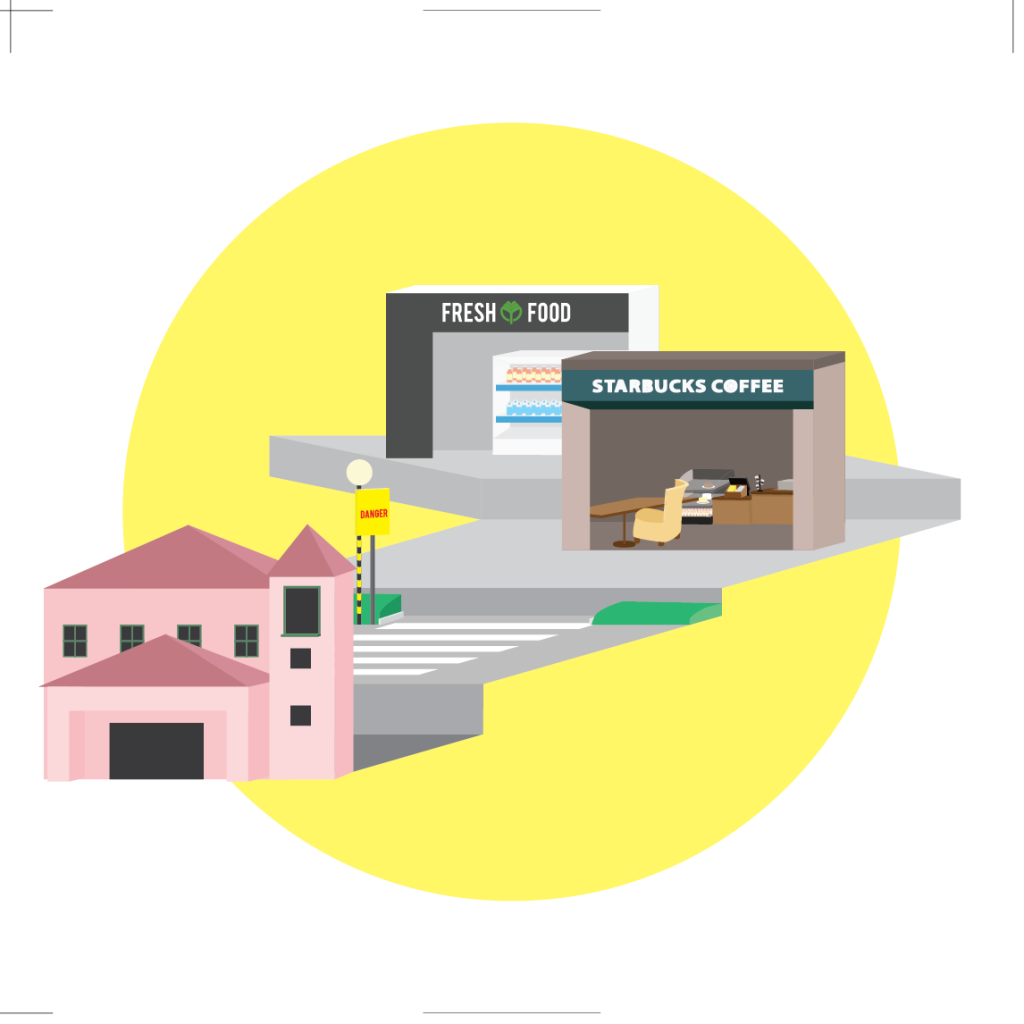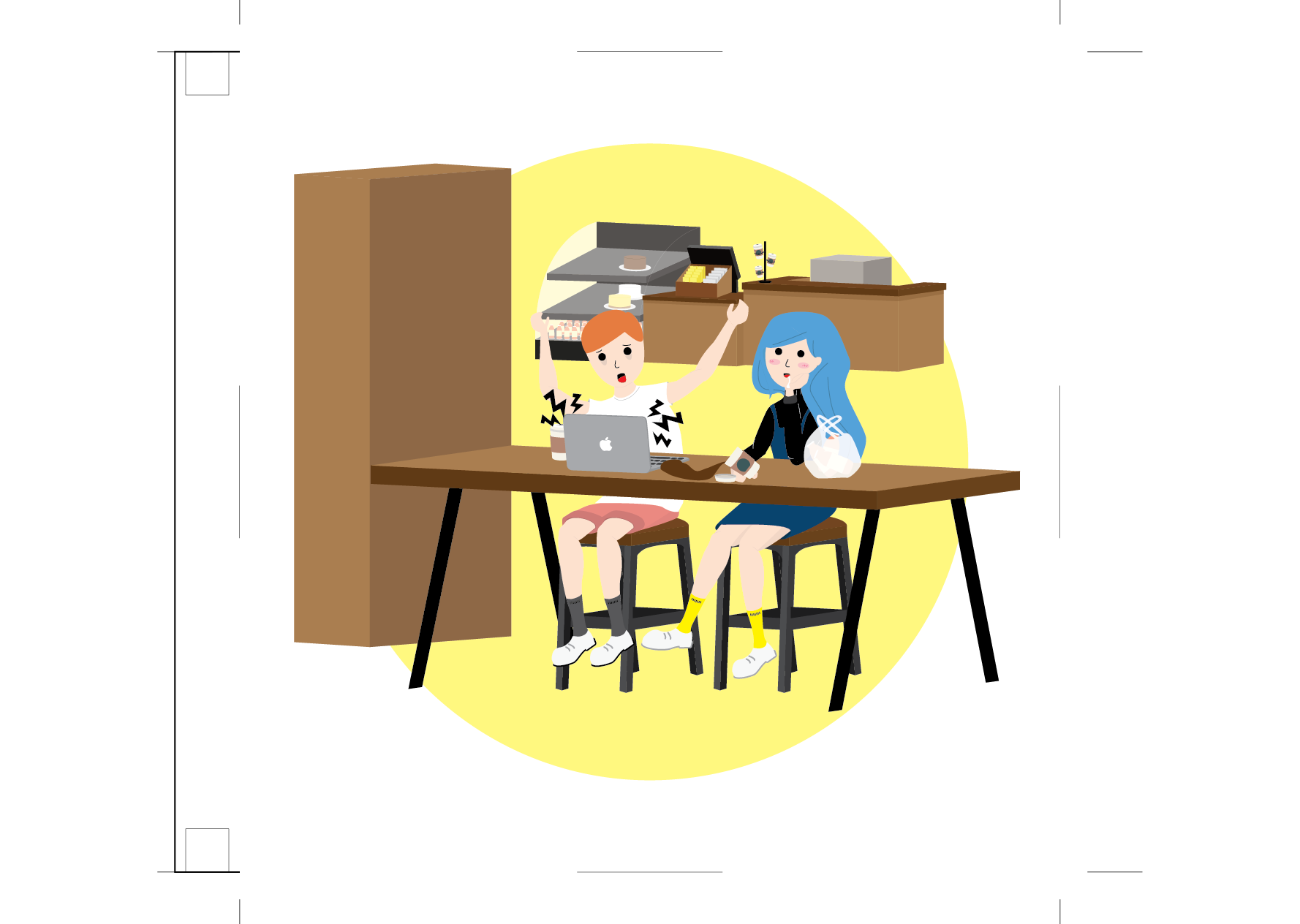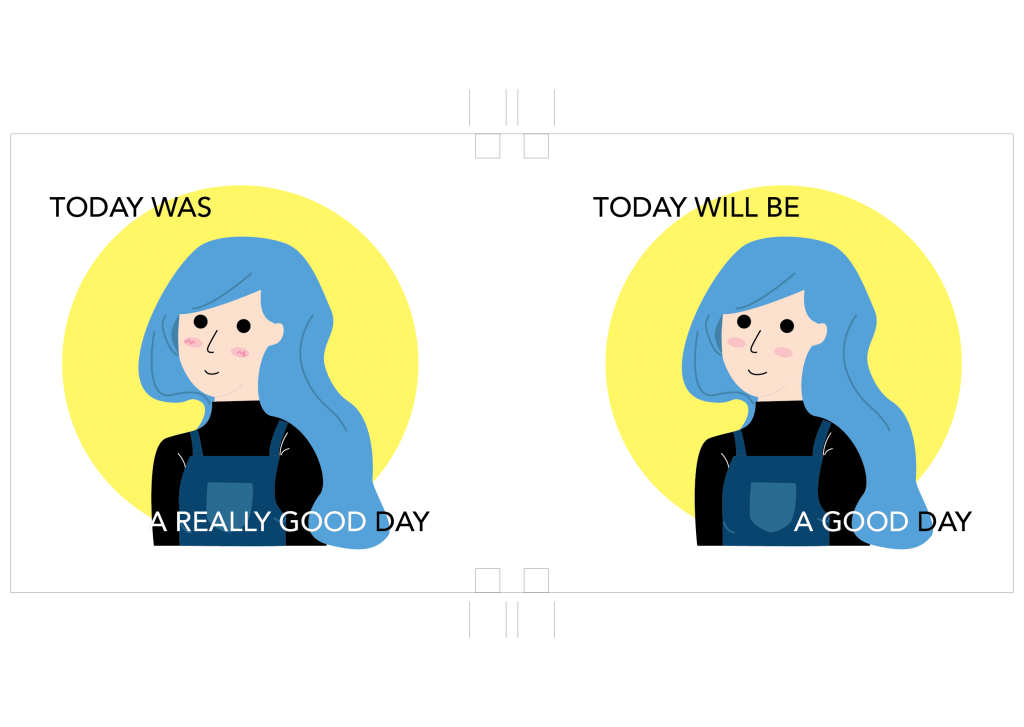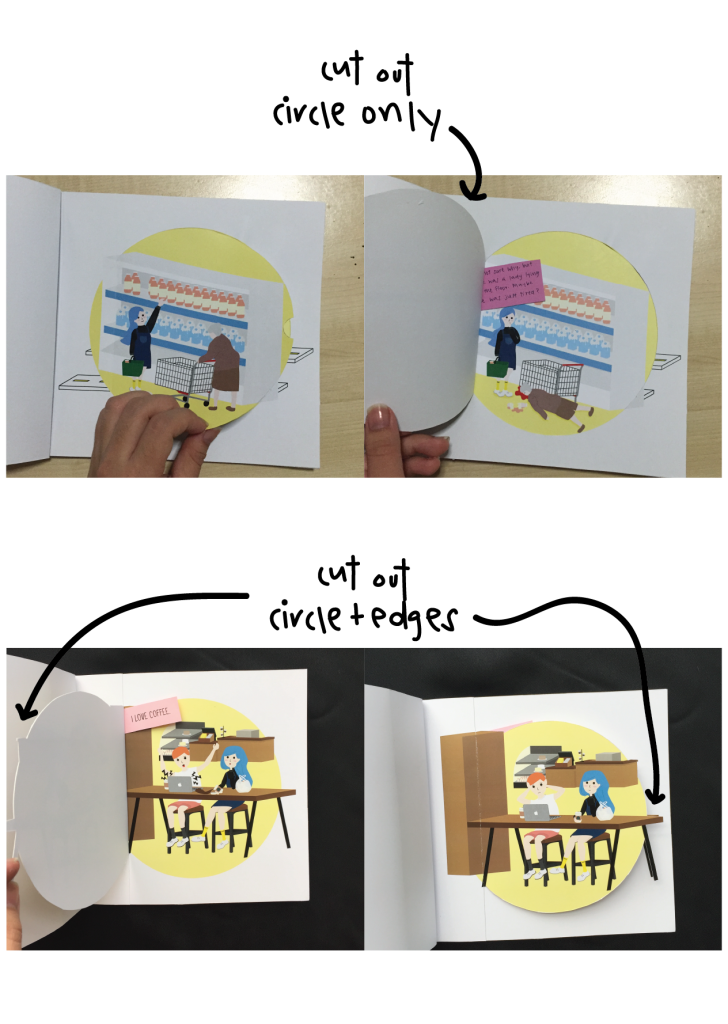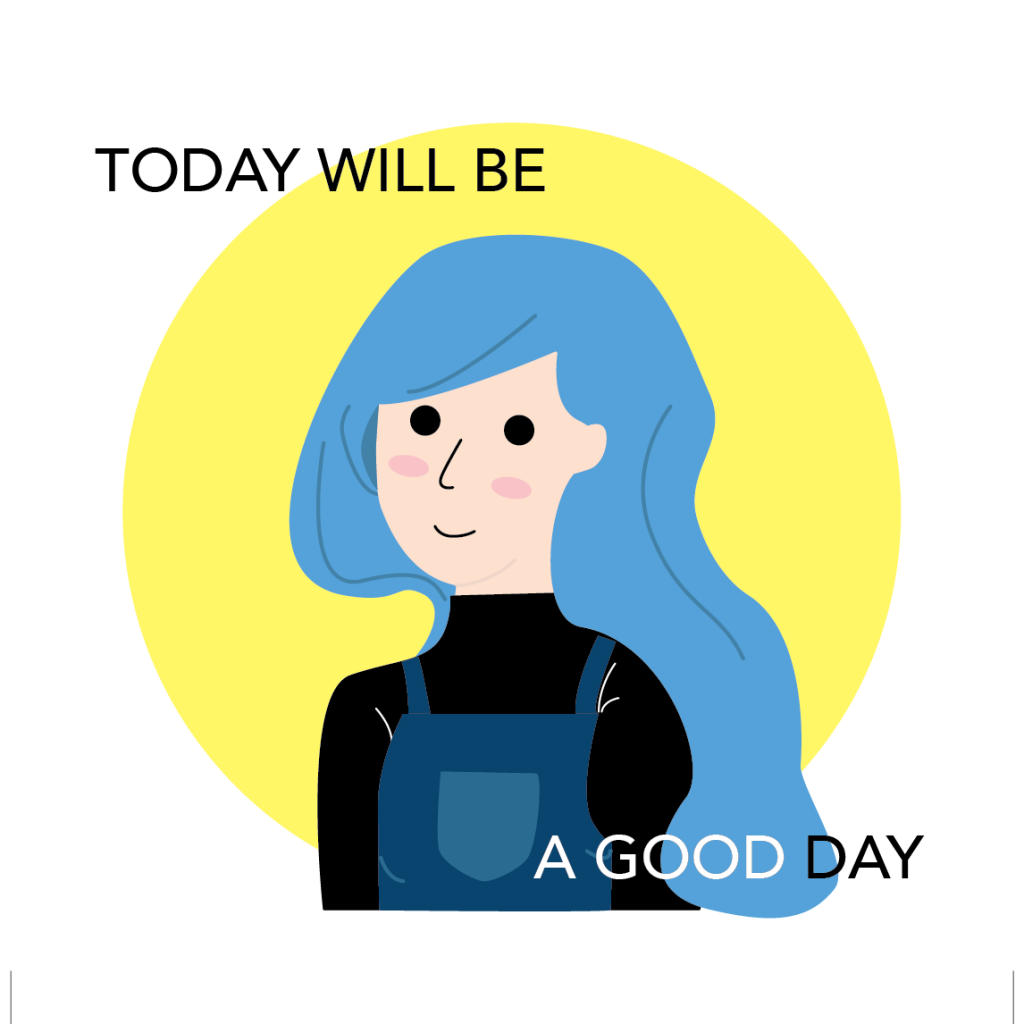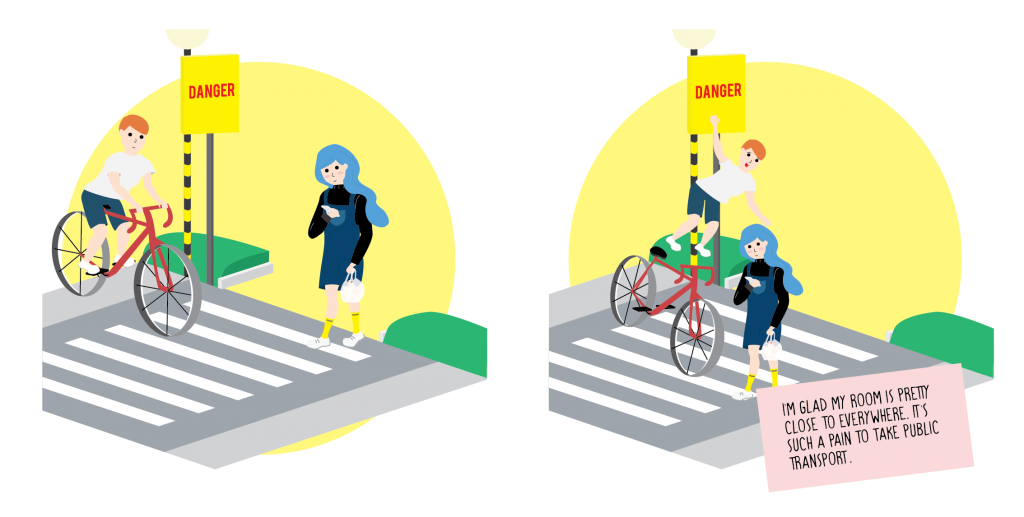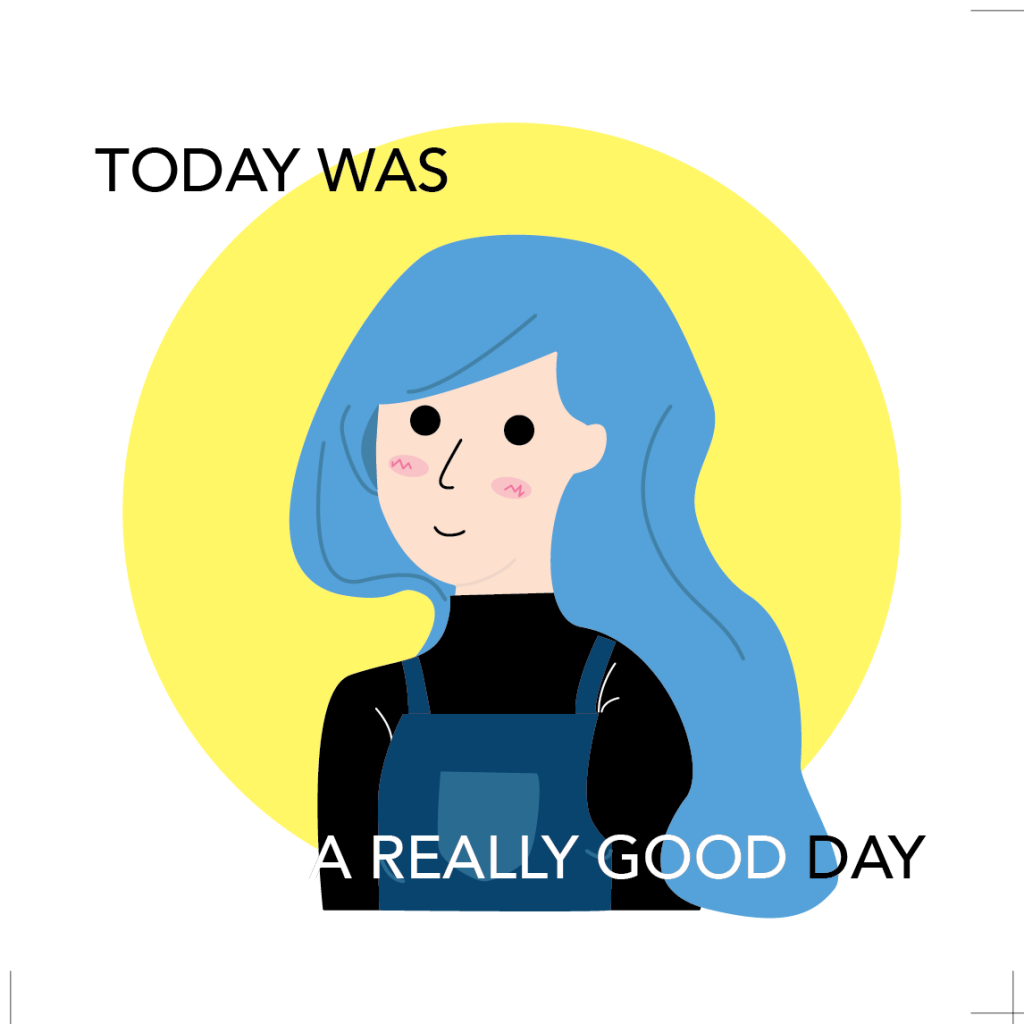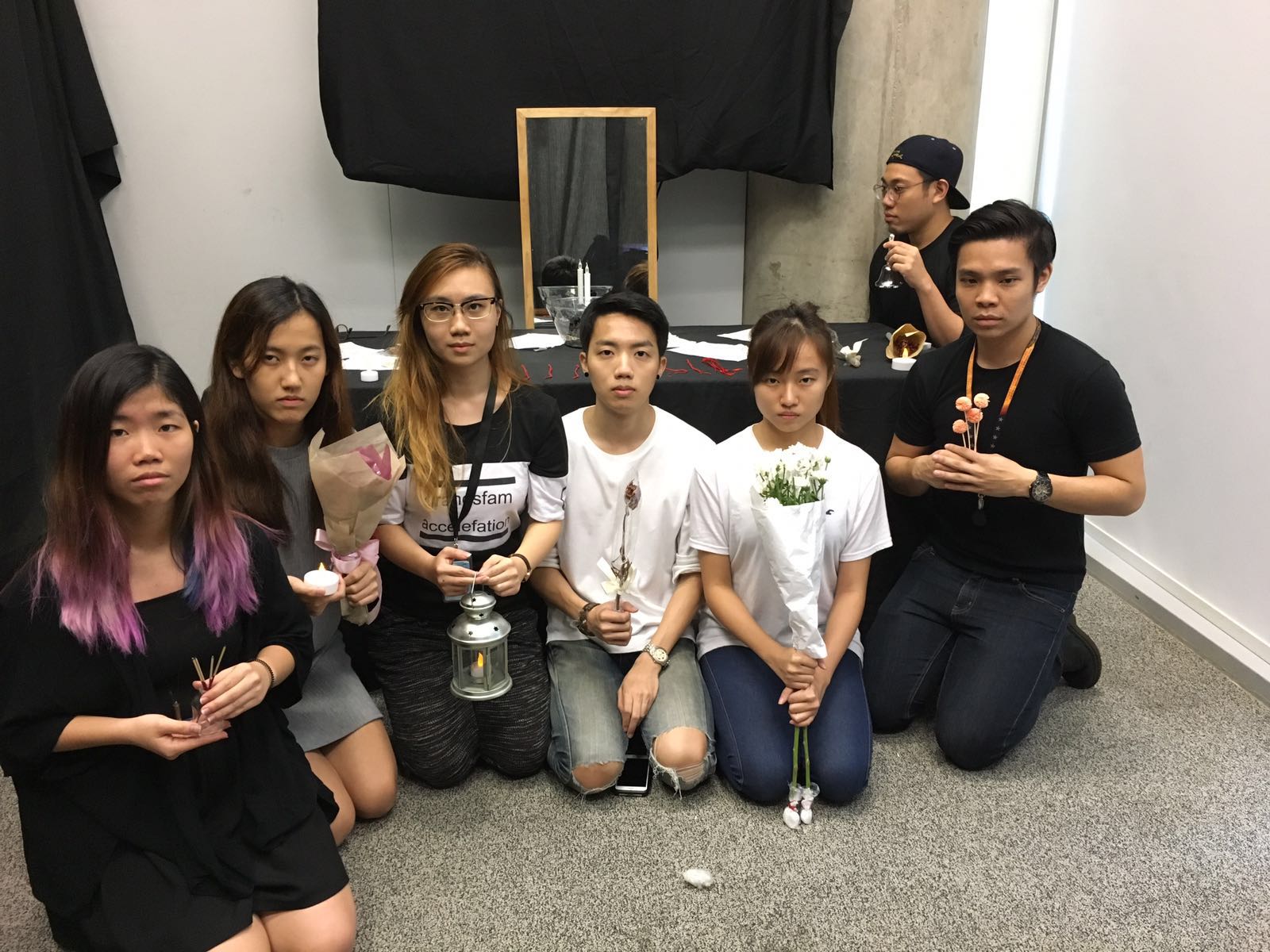
PROPOSAL
Programme Purpose/Objective
The main purpose of this installation is to allow participants the chance to take a step back to evaluate their lives so far. The installation aims to evoke recognition of the fast-paced lifestyle Singaporeans have in general. It also allows participants to reflect on the qualities of their life experiences and authentic connection they have with the things that truly matter in life. It also questions them on the meaning of their lives so far – if they were to die in this instant, what sort of legacy would they have left behind, and would it be something they could be satisfied with?
Programme Rationale
Singapore is a fast-paced society and there is rarely any time for people to slow down and truly appreciate life. We thus felt it was necessary to remind participants to take a breather and rethink the value of their lives.
Programme Details
The installation comprises 2 rooms, both of which are expected to work independently as well as together. The first room is a narrative recreation of Singapore’s fast paced life, and will end in the ‘death’ of the participant. This is followed by the second room which allows for the participant to do a self reflection of his/her death.
Artistic Direction
Life experiences differ from person to person, and we wanted to be as inclusive as possible to whoever that would be viewing it. The installation thus has a mixture of both literal and abstract elements. This allowed us to create a more poetic narrative that was more flexible, allowing participants to slip into the character portrayed.
We will be making use of sound, videos, voice overs and props to create the desired atmosphere. To ensure that participants are able to understand the installation, we decided to make only the voice over explicit while the rest of the mediums will be kept abstract.
Room 1
As mentioned earlier, the first room is a narrative re-enactment of Singapore’s fast-paced lifestyle. The room is set up with 3 projected screens adjacent to one another.
In this room we use the metaphorical representation of water as life and merge it together with scenes of the protagonist’s life. The protagonist is never explicitly shown, allowing participants to insert themselves into the narrative and relate the events with their own lives.
The three screens are played in sequence and document the growth of the character from a toddler to a teenager to a young adult respectively. Interlaced with the scenes of the character’s growth are scenes of coloured water droplets being dropped into a tank full of water. The water represents life, and the different coloured droplets represent the memories, experience and feelings associated with each growth stage.
The first screen narrates the toddler stage. The tank of water starts of transparent to represent the character’s innocence and purity. Her first memories, which are represented by yellow droplets are seen penetrating the surface of the water before spreading outwards. The screen then shows clips of a young kid playing with toys and having fun in the playground. The screen then fades back to the now yellow water in the tank.
The second screen starts playing as the first screen continues showing the yellow colours fusing with the water. Red droplets are added into the yellowed water, and is then overlapped with scenes of the character’s slow submission to teenage pressure and rebellion. She is stressed from studying and is too absorbed by commitments which result in negligence of her family. The screen fades back to the water, which is not a mixture of yellow and red. The water is now turning darker and murkier, symbolising the chaos and impurity in her life.
The final screen starts playing as the second screen continues showing the yellow and red tainting the water. This is overlapped with scenes of the character descending into a downward spiral in her life. She starts smoking, and is increasingly distant with her family. She is then seen fainting as the fast pace of her life has finally caught up with her and her health. She dies, and only realises the important things in her life during her last moments, when it’s already too late for her to change anything.
The screen turns black. Black is an irreversible colour, which means that the addition of other colours will not change it. Her life is over, and there is no turning back.
Room 2
While Room 1 focuses heavily on using videos, Room 2 shifts towards the usage of props and performance to create a reflective mood for the participants. In this room, a mock ritual for the dead has been set up.
The room is darkened as much as possible, and a table is setup at the end of the room. On the table lays different objects that are related to death. They include red string, candles and flowers commonly used for offering. In the center of the table lies a dirtied glass bowl. This is a connecting element for the 1st and 2nd room, and is representative of an empty life vessel. Life, symbolized by water, has been drained out, and only the ugly stains of the black contaminated life has been left behind. Behind the table stand a mirror that reflects the face of those who enter the room, and is meant to prompt participants to look at themselves and self-reflect.
As participants enter the room, a short performance is also put up. A male and female stands on either side of the table. They have a short dialogue about the character in the previous room.
Dialogue
Female: She didn’t have to die this way.
Male: But at least she was doing what she loved
Female: But what does that amount to?
Male: Have YOU lived a fulfilling life?
Female: Or are you just chasing after happiness that is only temporary?
After this short dialogue, an usher will come in to encourage participants to have a silent self-reflection for a duration of 1 minute. The narrative her is kept short as the main highlight here is the participants’ own involvement in the room.
Target Audience
Students of the School of Art, Design and Media and NTU aged 19-30.
Research Paper
For this project, we aimed to tackle and address the issue of leading a fulfilling lifestyle in a modern context. We observed that many youths face the similar issue of being overwhelmed by school work and other commitments, and often had little quality time with things in life that truly mattered. (BBC, 2007)
In our research, we came across one particular trend that had a huge impact on our artistic direction.
Due to high societal pressure and escalating suicide rates, the ‘Near Death’ movement has become increasingly popular in South Korea. This movement aims to address this issue by giving participants the chance to detach themselves from their fast paced lifestyle to reflect on their lives. As such, multiple ‘Fake Funeral’ services have been conducted across the country.. In this particular one, they are lectured by a philosophical guru and invited to write out their own eulogy. After that, they will be placed in a coffin for 30 mins to experience death. The act of being enclosed creates a deafening space of endless darkness, and the atmosphere allows the participant to evaluate their lives from a objective and detached point of view. A lack of self reflection usually leads to people feeling lost and depressed, and this death meditation in the enclosed space forces them to look within themselves for answers that they have been seeking, but thought they didn’t have.
Another work we came across was Christian Boltanski’s The Heart Archive. Occupying a space in a museum on the uninhabited island of Teshima in Japan, this artwork collects heartbeat sounds from all around the world. Participants are invited into a room where they listen to the sounds of their own heartbeats through a headset. After that, their heartbeats recordings are saved and used in subsequent set ups of the art piece. The heartbeats are immortalized, and remain as fragile remains of their existence on earth.The work makes one contemplate on bereavement and what we remember during our existence on earth. As you take part in the installation, it evokes a sense of uncanniness which acts as a mirror of what lies ahead and our nonexistence in it. The artwork questions the impact left behind by each individual whose heartbeat sounds have been recorded, and we believe the fragile and faint nature of the recordings makes one ponder on the meaning of their lives, and how many people they have impacted. It also relied heavily on symbolism and non-literal ways of portraying the theme, which we found interesting.
We believe these two artworks were greatly valuable and conveyed an important message. We thus decided to reference these two particular artworks/movements in terms of artistic style and content.
Bibliography
Life in the fast lane ‘speeds up’. BBC. BBC News, 2 May 2007. Web. 4 May 2007. “Fake Funerals in South Korea.” Vice. Vice Japan, n.d. Web. 21 Apr 2016.
Demetriou, Danielle. “Boltanski’s hearts don’t skip a beat.” The Japan Times. The Japan Times, 6 Aug 2010. Web. 4 July 2013.
Waters, Florence. “Christian Boltanski: The Heart Archive, Serpentine Gallery, review.” Telegraph. Telegraph, 12 Jul 2010. Web. 6 Aug 2010.
Artist Statement
Sheng-si (translates to Life and Death) is an immersive video installation aimed at the everyday individual. Through a series of video projections and an interactive performance, it addresses the the issue of a fast-paced lifestyle through a series of literal narrative scenes and abstract imagery. Drawing reference from the fake funeral trend in South Korea, Sheng-si ultimately aims to take participants through a renewal on their view of life and their purpose.
Group Artist Statement
Reflection
For this project, I was mainly involved in pre-production. Because of the size of our group, there were a lot of challenges during the planning and conceptualisation of the installation. Because we had a total of 6 people, it was very hard for us to consider and include everyone’s input.
Our ideas changed a lot over the couple of weeks we had for this project. Our initial train of thought was to make it much more abstract because we wanted our installation to be very open to interpretation. For instance, we initially took inspiration from Christian Boltanski’s work, and wanted to have a dying heartbeat in the first room, while the second room would be more closely set up as a place of mourning with groups of flower petals and candles placed all around the second room. However, after consultation we decided to make it more accessible and understandable. Addressing the concern of whether or not participants would be able to understand our message, we eventually settled on using a mixture of abstract and literal elements. While we felt the previous idea was more poetic, it would have been harder for audiences to understand our message. We thus modified our content in a way that it would keep in line with our artistic direction of being metaphorical and symbolic while still being easy to understand and digest.
Overall, this project really gave me insight into planning a artwork with both the artist and audience in mind. This meant that the artists’ vision was achieved while still consciously taking into consideration the audience’s enjoyment and audience experience.
There was also a lot of trial and error involved in the process of planning our content and set up. The good thing was that we were a big group, and there were always a lot of suggestions for what we could try next.
Final Installation
Process
(To ruyi: I know you were worried about our mental health, but don’t worry. You don’t have to be!)
